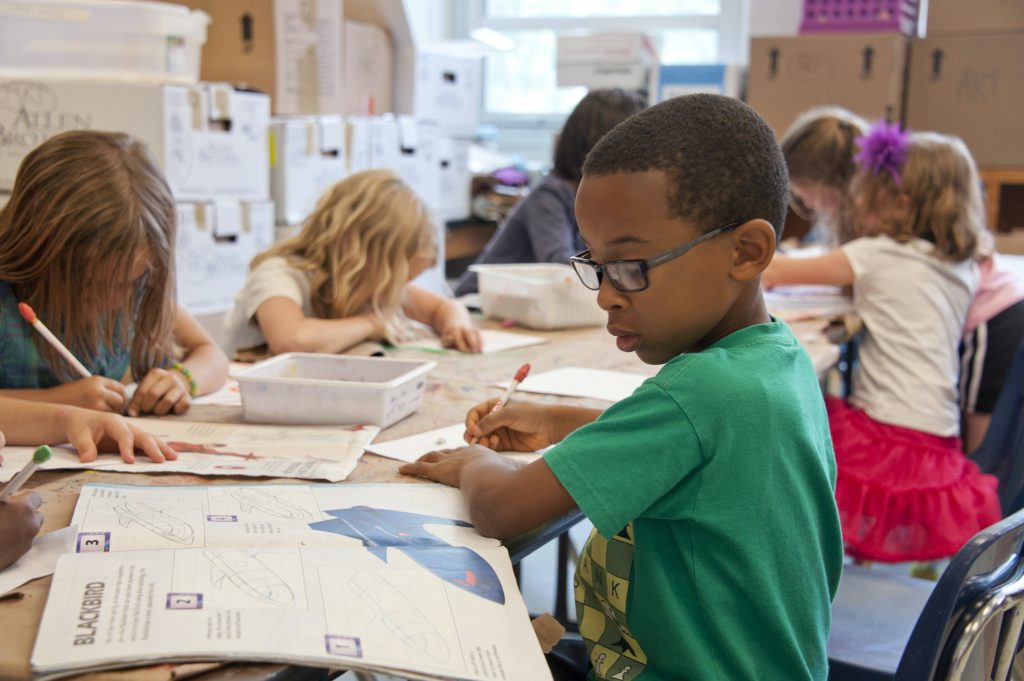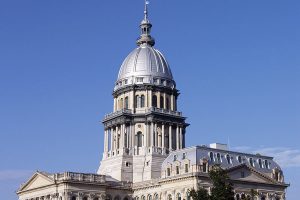Gov. Pritzker’s budget proposal supports families, but child welfare crisis demands reinvestment, rethinking
Publisher: Andi Durbin

Recovering from the COVID-19 pandemic will take investing in people and communities so they can realize their potential, protect and support their families, and contribute back. We also recognize the long-overdue need to invest in BIPOC communities that have experienced historic and systemic racism, resulting in widespread racial disparities across our state. People must maintain access to essential services, including those that address the social determinants of health, if we are to rebuild health and wellbeing for all Illinois residents.
We at the Illinois Collaboration on Youth are pleased to see that Gov. Pritzker’s FY2022 budget proposal is aligned with these priorities. In these challenging fiscal circumstances, the Governor has pledged that “those most in need in our most desperate times deserve our help, and we cannot fail them.”
We especially applaud efforts to invest in those who have been hardest hit in this pandemic, including working families who depend on childcare to keep their children safe while they are earning a living, and low-income students who rely on MAP grants to access post-secondary education. At a time when young people are suffering the effects of isolation and loss, we are also pleased to see new funding in the Illinois State Board of Education to support social and emotional learning and help schools respond to trauma.
The Governor is proposing a 7.9% increase in funding to the Department of Children and Family Services to support caseload growth of children in foster care and caseload growth of families receiving intact family services. With a 14% growth in the number of youth in foster care over just the past 19 months, these additional funds are undeniably needed.
While welcome, these new investments fall short of the increased demands being made on the child welfare system. From 2019 to 2022, DCFS is projecting a 27% increase in the number of children in care and a 43% increase in families in intact services. These budget increases don’t match that.
We must ask ourselves why we are seeing more children and families in the child welfare system. Child welfare investigations, intakes into foster care, and intakes into intact family services are lagging indicators of how well our overall health and human services system is working. By these measures, our health and human services infrastructure is falling behind in meeting the needs of children and families. Preventing families from coming into the child welfare system means more investment in the kinds of services that keep them out – including housing, mental health and addiction services, childcare, services to respond to domestic violence and other crises, prenatal and post-natal care, home visiting, workforce development and employment programs, and many more. Illinois needs a better blueprint to build these kinds of supports if we want to move from a system that reacts to abuse and neglect to a system that prevents it.






